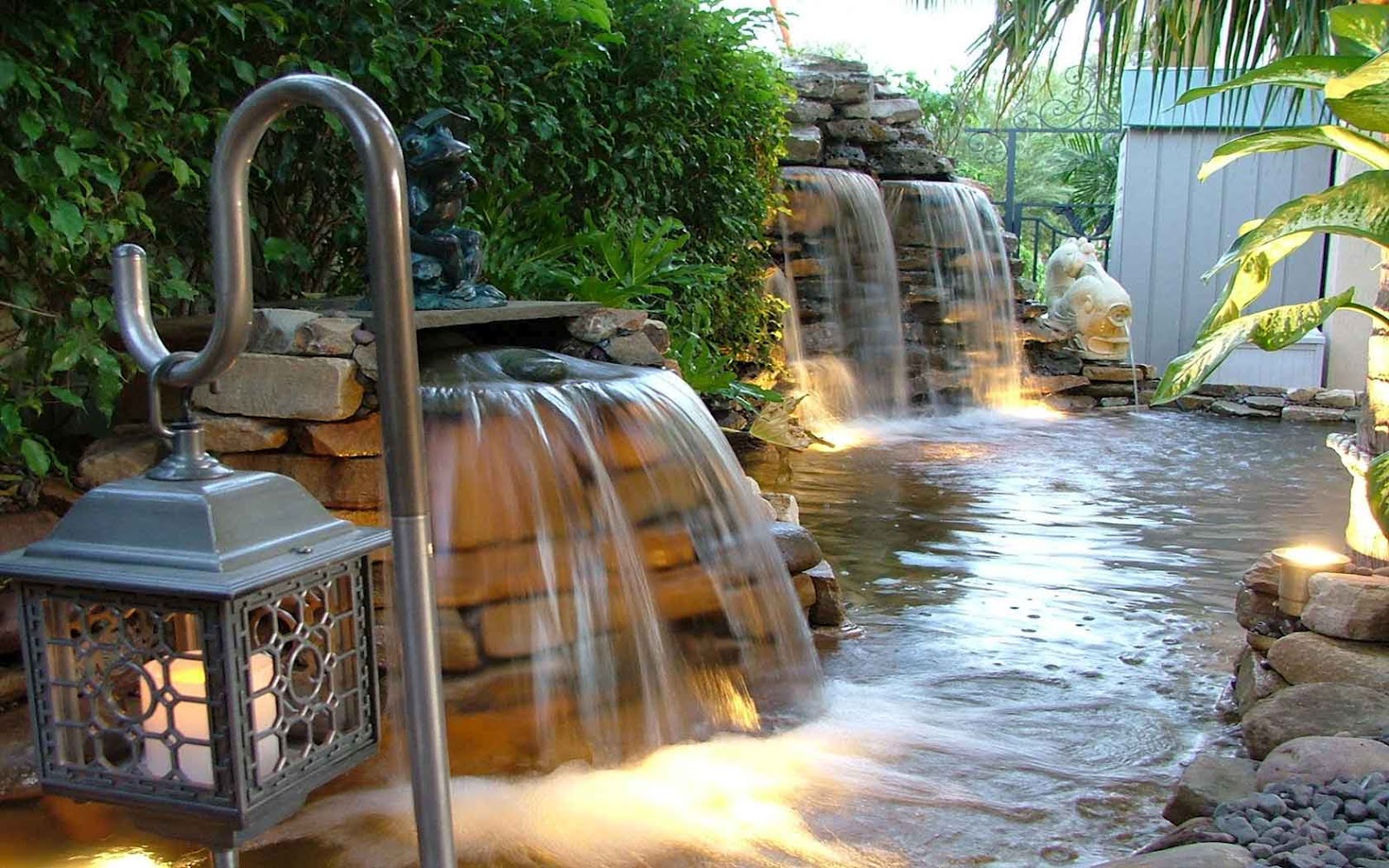
The Ultimate Guide to Troubleshooting Your Koi Pond Pump
Introduction
Koi ponds are a beautiful addition to any home or garden. However, like any other water feature, they require regular maintenance to function properly. The heart of any koi pond is the pump, which ensures that the water is constantly circulated and filtered. But what happens when your pump isn’t working as it should be? In this guide, we’ll cover everything you need to know about troubleshooting your koi pond pump.
Step 1: Check the Power
The first step in troubleshooting your koi pond pump is to check the power source. Make sure that the pump is plugged in and that the outlet is working properly. If you’re using an extension cord, make sure that it’s rated for outdoor use and that it’s not damaged in any way.

Step 2: Check the Impeller
The impeller is the part of the pump that moves water through the system. If it’s not working properly, the water won’t be circulated as it should be. To check the impeller, turn off the power to the pump and remove the pump cover. Look for any debris or damage that might be preventing the impeller from moving freely. Clean or replace the impeller if necessary.

Step 3: Check the Filter
The filter is an important part of any koi pond system. It traps debris and other contaminants and prevents them from circulating in the water. If your filter is clogged or dirty, it can prevent the pump from working as it should be. Remove the filter and clean it thoroughly or replace it if necessary.
Step 4: Check the Pump Hosing
The pump hosing is the part of the pump that connects the pump to the rest of the system. If it’s loose or damaged in any way, it can prevent water from circulating properly. Check the hosing and make sure that it’s properly connected and doesn’t have any cracks or other damage.

Step 5: Check the Water Level
The water level in your koi pond is important for maintaining a healthy environment for your fish. But it’s also important for the proper functioning of your pump. If the water level is too low, it can prevent the pump from working properly. Check the water level and make sure that it’s at the proper level for your pump.
Step 6: Check the Pump Capacity
Different koi pond pumps have different capacities, or the amount of water they can circulate per hour. If your pump isn’t functioning as it should be, it might be because it’s not powerful enough for your pond size. Check the pump’s capacity and make sure that it’s suitable for your pond size.

Conclusion
Maintaining your koi pond pump is essential for the health and well-being of your fish and the overall aesthetic of your pond. By following these troubleshooting steps, you can prevent and solve any issues that might arise with your pump. Remember to always perform regular maintenance and stay vigilant to keep your koi pond running smoothly for years to come.